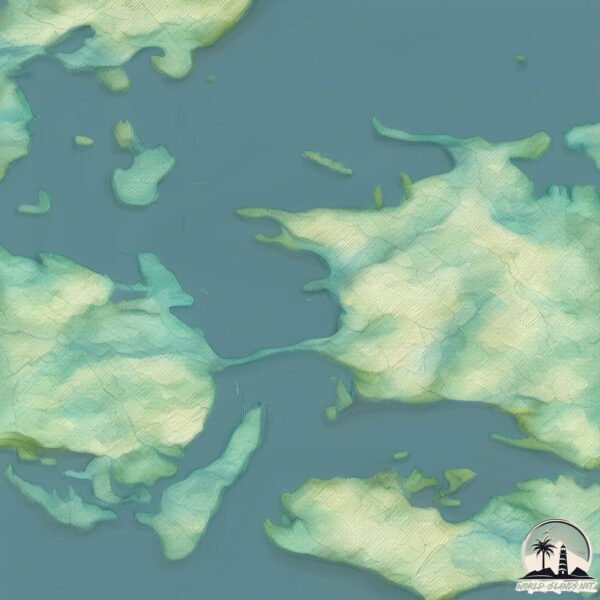Vejrø

Welcome to Vejrø, a Temperate island in the Kattegat, part of the majestic Atlantic Ocean. This guide offers a comprehensive overview of what makes Vejrø unique – from its geography and climate to its population, infrastructure, and beyond. Dive into the details:
- Geography and Size: Explore the island’s size and location.
- Climate and Weather: Weather patterns and temperature.
- Topography and Nature: Uncover the natural wonders of the island.
- Infrastructure and Travelling: Insights on reaching, staying, and making the most of your visit.
- News and Headlines: Latest News.
Geography and size of Vejrø
Size: 1.688 km²
Coastline: 6.3 km
Ocean: Atlantic Ocean
Sea: Kattegat
Continent: Europe
Vejrø is a Small Island spanning 1.7 km² with a coastline of 6.3 km.
Archipel: –
Tectonic Plate: Eurasia – One of the world’s largest tectonic plates, the Eurasian Plate covers a significant portion of Europe and Asia. It’s characterized by diverse geological features, including the Ural Mountains, the European Plain, and the Himalayas formed from its collision with the Indian Plate.
The geographic heart of the island is pinpointed at these coordinates:
Latitude: 55.25348386 / Longitude: 11.21318469
Climate and weather of Vejrø
Climate Zone: Temperate
Climate Details: Temperate Oceanic Climate
Temperature: Warm Summer
Climate Characteristics: Known for its moderate year-round temperatures with ample rainfall and no dry season. Warm summers are characteristic.
Topography and nature of Vejrø
Timezone: UTC+01:00
Timezone places: Europe/Paris
Max. Elevation: 4 m
Mean Elevation: 1 m
Vegetation: Sparse Vegetation
Tree Coverage: 74%
The mean elevation is 1 m. The highest elevation on the island reaches approximately 4 meters above sea level. The island is characterized by Plains: Flat, low-lying lands characterized by a maximum elevation of up to 200 meters. On islands, plains are typically coastal lowlands or central flat areas.
Dominating Vegetation: Sparse Vegetation
These regions have limited plant growth, typically due to extreme conditions like aridity or poor soils. Vegetation is scattered and consists of hardy plant species. Vejrø has a tree cover of 74 %.
Vegetation: 4 vegetation zones – Diverse Island
Four distinct vegetation zones mark these islands as ecologically diverse. They might feature varied landscapes such as forests, beaches, grasslands, and rocky areas. Such diversity reflects the island’s complex ecological interactions and varied habitats, which can support a rich array of wildlife and plant species.
Infrastructure and Travelling to Vejrø
Does the island have a public airport? no.
There is no public and scheduled airport on Vejrø. The nearest airport is Aarhus Airport, located 42 km away.
Does the island have a major port? no.
There are no major ports on Vejrø. The closest major port is GULFHAVEN, approximately 21 km away.
The mean population of Vejrø is 34 per km². Vejrø is Gently Populated. The island belongs to Denmark.
Continuing your journey, Fejø is the next notable island, situated merely km away.
Denmark is classified as Developed region: nonG7: Developed economies outside of the Group of Seven, characterized by high income and advanced economic structures. The level of income is High income: OECD.
News – Latest Updates and Headlines from Vejrø
Stay informed with the most recent news and important headlines from Vejrø. Here’s a roundup of the latest developments.
Please note: The data used here has been primarily extracted from satellite readings. Deviations from exact values may occur, particularly regarding the height of elevations and population density. Land area and coastline measurements refer to average values at mean high tide.
